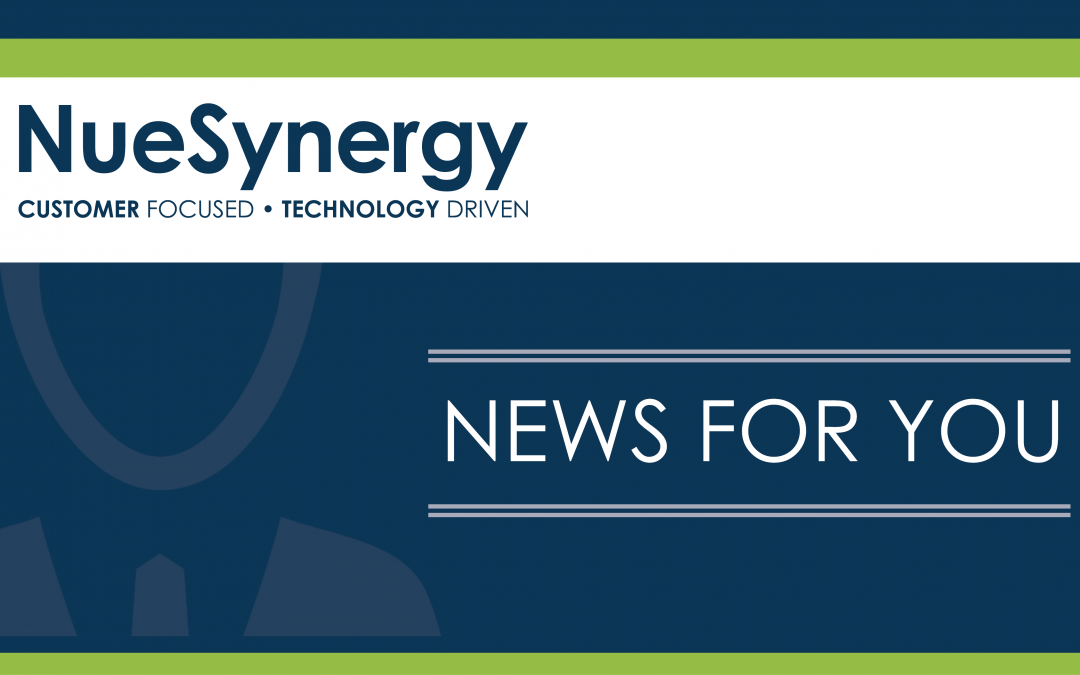
Brett Flanagan joins NueSynergy as Western Regional Director
Brett Flanagan is a respected expert with over 20 years experience in the benefits administration space. Always driven to succeed, Brett expanded his previous employer from a regional to national player – largely thanks to his tremendous understanding of employee benefits.
“This is an exciting time for NueSynergy and Brett is a great fit for this position. I’m confident his experience, along with the relationships he’s developed over the past two decades, will help grow our client base and drive our company goals. We are delighted to have him on board,”” said Josh Collins, president of NueSynergy.
Since 1996, NueSynergy has been an innovative leader in providing full-service administration of consumer-driven and traditional account-based plans. The company has grown into one of the largest benefit account administrators providing Health Savings Accounts (HSA), Flexible Spending Accounts (FSA) and Health Reimbursement Arrangements (HRA); in addition to COBRA, Direct Premiums Billing and Consolidated Billing services to employers of all sizes and sectors including state and local governments as well as private and publicly traded companies.
With the addition of Brett, NueSynergy will be able to offer the following administrative services to the Western United States:
– Flexible Spending Arrangements
– Health Savings Accounts
– Health Reimbursement Arrangements
– COBRA
– Direct Bill
– Consolidated Billing
NueSynergy will also bring into the region its in-house expertise and integrated technology to help employers maximize operational efficiencies and control rising health care costs. The company’s commitment to outstanding client service ensures employees have the tools and resources to manage the financial aspect of their health care. With over 4 million benefits accounts administered on the company’s platform, NueSynergy’s investment in industry leading technology ensures that clients will always have secure and convenient access to their benefits account.
NueSynergy’s core purpose is helping people protect their quality of life and it is driven by a desire to provide superior customer service, while performing ethically and professionally. With the ever changing regulatory landscape, the company’s core purpose has continued to evolve as focusing on helping customers truly understand the value of their benefits account, while striving for even greater industry and product expertise.






